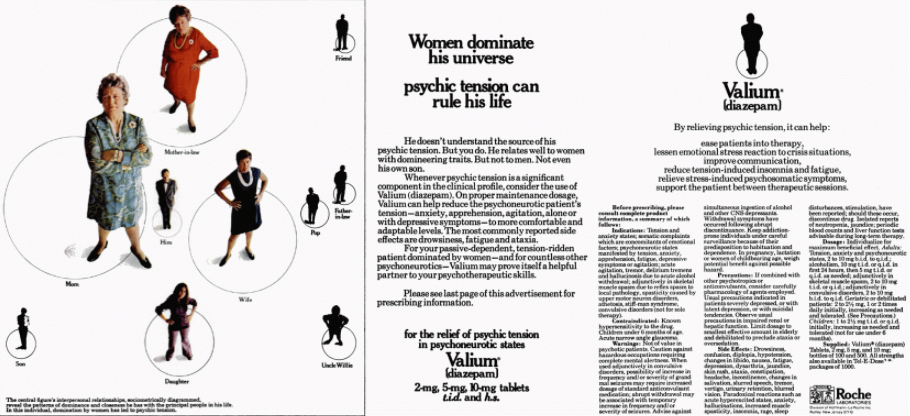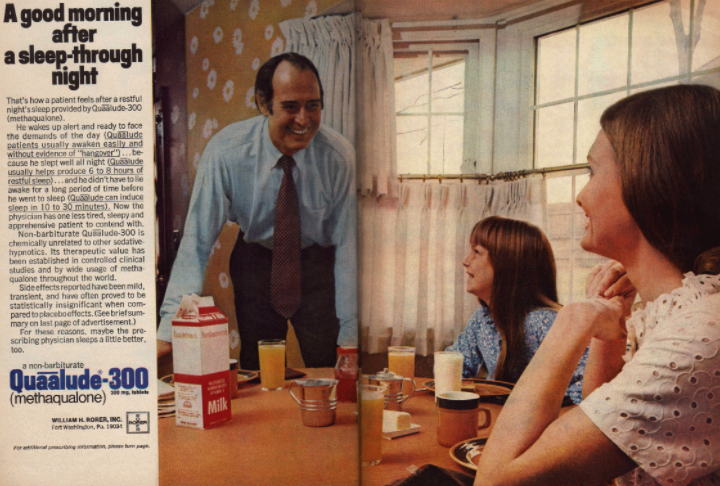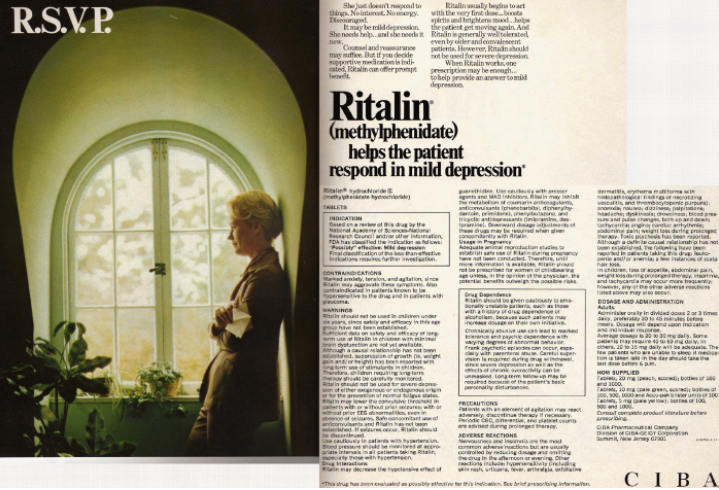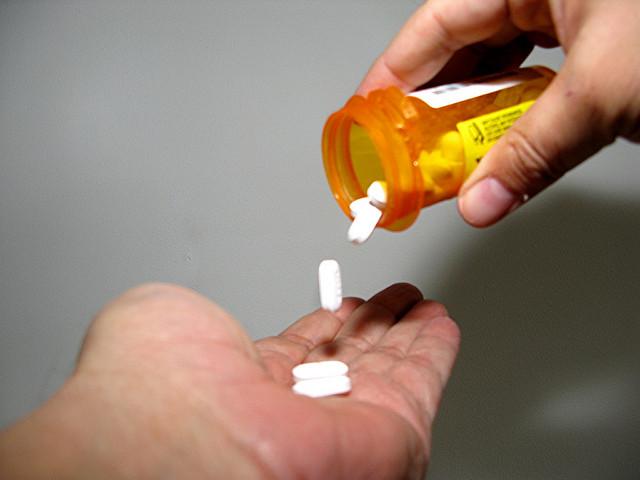These Ads Show How Drug Companies Target Patients

By:
The way pharmaceutical companies advertise drugs has changed a lot over the last 20 years.
In the past, ads for prescriptions drugs were only targeted at doctors and pharmacists and were primarily placed in medical journals. But starting in the 1980s, the Food and Drug Administration loosened advertising restrictions, enabling drug companies to promote its products directly to patients.
Typically, this has taken the form of commercials and magazine ads. The pharmaceutical industry spent about $5.2 billion in advertising in 2016, which represents a 60 percent increase since 2012, CBS News reported. That's been a point of contention for industry critics who point out that drug companies, by and large, spend more on marketing than research and development.
Here are some prescription drug ads from the 1970s — for doctors' eyes only:
 Procon - procon.org
Procon - procon.org
 Procon - procon.org
Procon - procon.org
 Procon - procon.org
Procon - procon.org
And here are some examples of what you're likely to come across on television today:
In the past, all of these ads would have only been seen by medical professionals. But the latter are direct-to-consumer (DTC) advertisements, a practice that only the U.S. and New Zealand allow.
 frankieleon - flickr.com
frankieleon - flickr.com
So what's the problem?
John Henning Schumann, an internal medicine doctor at the University of Oklahoma, said that while mainstream advertisements help de-stigmatize certain medical conditions, they also "give us the idea that something might be wrong with us."
"Big budget ads have driven the promotion of new disease entities," Schumann wrote in an editorial for NPR last week. "When pharmaceutical firms get FDA approval for a new indication, they can relentlessly market the product and create a torrent of demand where none previously existed."
Because drug companies tend to advertise drugs that have been recently developed, there's also a safety concern for doctors. There's simply not enough data on the efficacy or side effects of prescription drugs that just entered the market to know for sure that they're right for patients, according to Schumann. And what's more, when patients inquire about drugs they saw on television with their physician, that cuts into valuable time for consultations, he added.
The rate of prescription drug use has been steadily rising in the U.S., with about half of Americans reporting that they take some kind of pharmaceutical, according to a 2016 federal survey. That's due, in part, to the increased availability and variety of prescription drugs in the market — as well as increased demand for drugs that treat symptoms of widespread health conditions such as obesity, for example. But overmedication has also fueled drug addiction throughout the country, CNBC reported.
"Ultimately, the world of direct-to-consumer advertising for drugs has changed the way in which medicine is practiced," Dr. Kevin Campbell, a cardiologist, wrote in U.S. News and World Review. "Rather than focus on educating physicians and other health care providers about a particular drug, the pharmaceutical industry is now putting most of their efforts—and dollars—into marketing directly to health care consumers."
